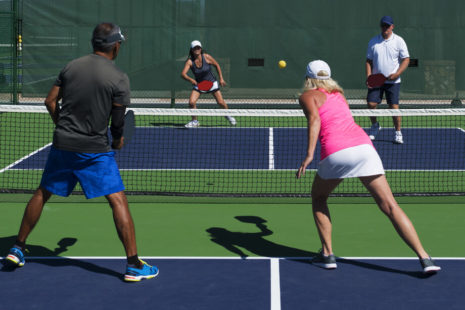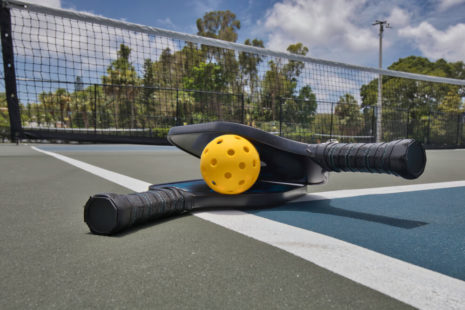The anterior cruciate ligament (ACL) is one of the major ligaments in the knee that helps stabilize the joint and prevent excessive forward movement of the tibia (shin bone) relative to the femur (thigh bone). Certain movements and activities can put significant stress on the ACL and increase the risk of ACL injuries.
These movements include…
- Pivoting or Cutting – Rapid changes in direction, such as pivoting or cutting movements, particularly when combined with deceleration or landing from a jump, can place considerable stress on the ACL.
- Sudden Stops – Abruptly stopping while running or moving, especially when there’s a lack of proper knee and hip alignment, can increase the risk of ACL injury.
- Landing Incorrectly – Improper landing techniques during jumping or high-impact activities can lead to excessive stress on the ACL. For instance, landing with straight knees instead of bending them to absorb the impact can increase the risk.
- Twisting and Hyperextension – Twisting the knee or hyperextending it (bending it backward beyond its normal range) can put a strain on the ACL and increase the chances of injury.
- Lateral Movement with Valgus Stress – Movements that involve lateral (sideways) force on the knee joint with the inward collapse of the knee (valgus stress) can place stress on the ACL.
- Squatting and Lunging – Improper squatting or lunging mechanics, especially when combined with added weight or resistance, can strain the ACL.
- Sporting Activities – High-impact sports like soccer, basketball, football, skiing, and gymnastics often involve movements that stress the ACL due to the nature of the sport.
- Slips and Falls – Awkward slips or falls, especially if the knee twists or hyperextends during the fall, can also pose a risk to the ACL.
Preventing ACL injuries involves a combination of factors, including proper training techniques, strengthening the muscles around the knee, maintaining good flexibility and mobility, and using appropriate protective gear (such as knee braces if necessary). Focusing on proper body mechanics, balance, and landing techniques can reduce the risk of ACL injuries during physical activities.




